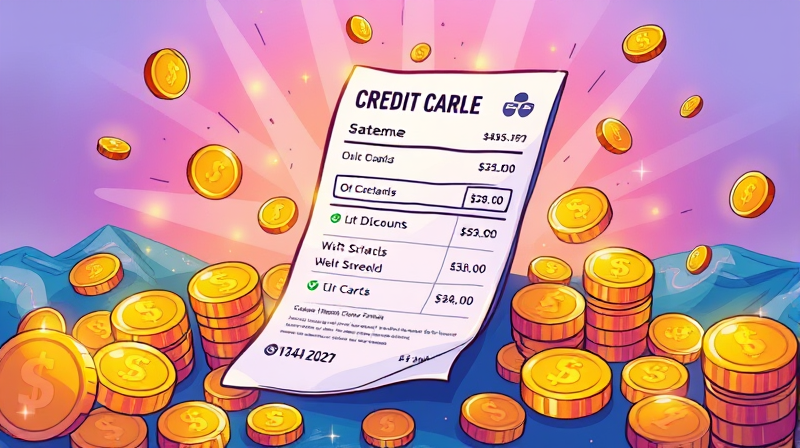
Using a secured credit card is one of the most reliable ways to build credit when you have no history or need to rebuild. By understanding how these cards work and following proven strategies, you can establish a strong profile that opens doors to better financial opportunities.
Whether you’re a student, recent immigrant, or someone recovering from past credit challenges, a secured card can be your gateway to financial empowerment. This article will guide you through every step, from application to upgrade, ensuring you make the most of this credit-building tool.
A secured credit card is a specialized card backed by a refundable deposit held as collateral. Typically, you must submit a deposit equal to your credit limit—often starting at $200 or more. This deposit reduces risk for issuers, allowing individuals with no or poor credit to access a credit line.
Unlike prepaid cards, secured cards function as true credit lines with reports, meaning transactions are reported to the major credit bureaus and your payment history is tracked. Responsible use transforms this tool into a powerful mechanism for building a positive credit footprint over time.
Secured cards directly influence three critical factors in your credit profile. First, they establish a payment history, which accounts for about 35% of your FICO score. On-time payments signal creditworthy behavior to lenders and build trust over months and years.
Second, they contribute to your credit utilization ratio—the percentage of your limit you use—another important factor. By keeping balances low, you demonstrate disciplined financial management. Finally, responsible account aging increases the average age of accounts on your report, further solidifying your profile.
Regular monitoring of your credit report is essential. You can obtain a free annual copy from each bureau and use credit monitoring services for more frequent updates. Tracking your score lets you confirm that payments are reported correctly and reveals areas for improvement.
After a period of consistent, responsible use—often three to six months—many issuers review your account for eligibility to graduate to an unsecured card. This transition often comes with a higher limit, more perks, and no deposit requirement, further boosting your credit profile.
While every issuer’s policies vary, the following table outlines typical figures and milestones you can expect when building credit with a secured card.
Building a strong credit profile with a secured card begins with a clear strategy and disciplined habits. By selecting the right card, using it wisely, and maintaining on-time payments, you lay the foundation for future financial success.
Remember that patience and consistency are key. Every on-time payment and low balance brings you closer to better interest rates, higher credit limits, and the financial freedom you deserve. Start today, stay committed, and watch your credit story unfold.
References













